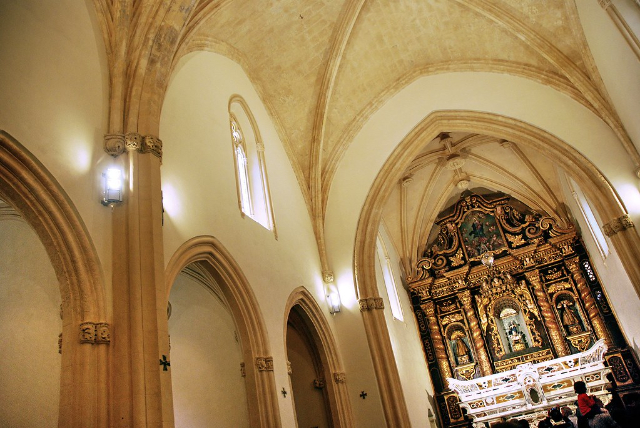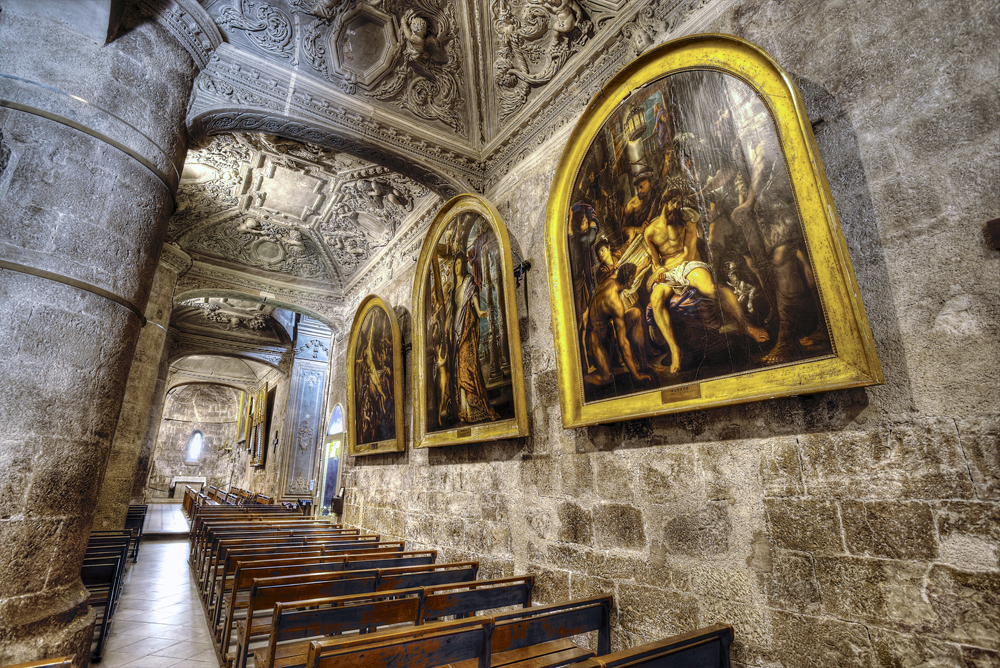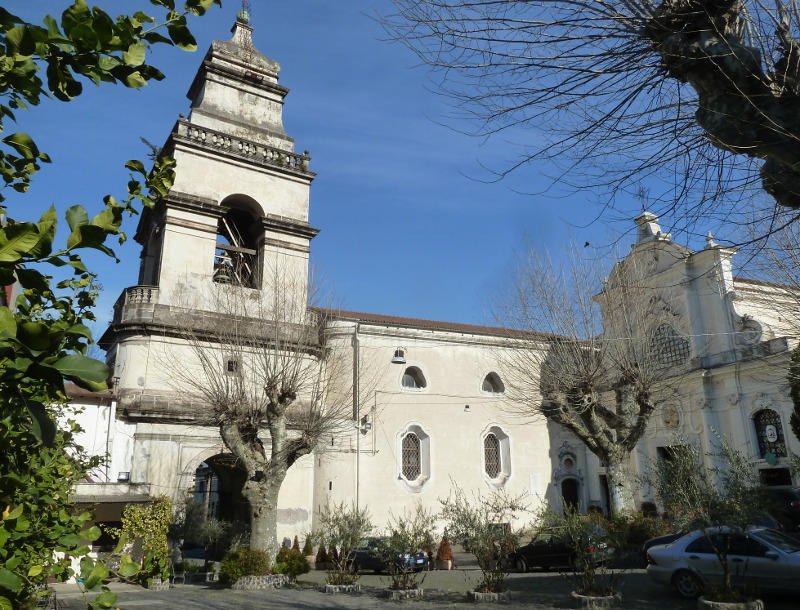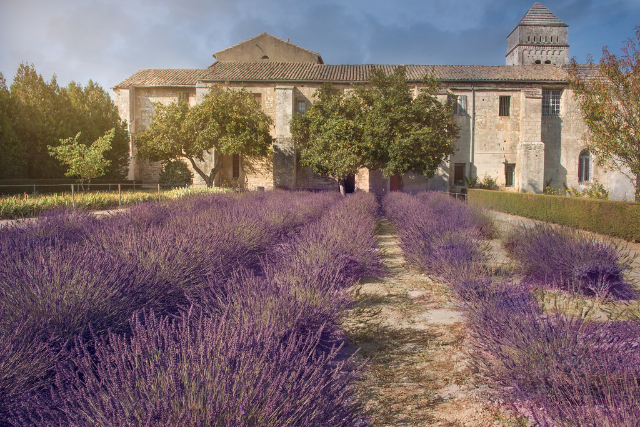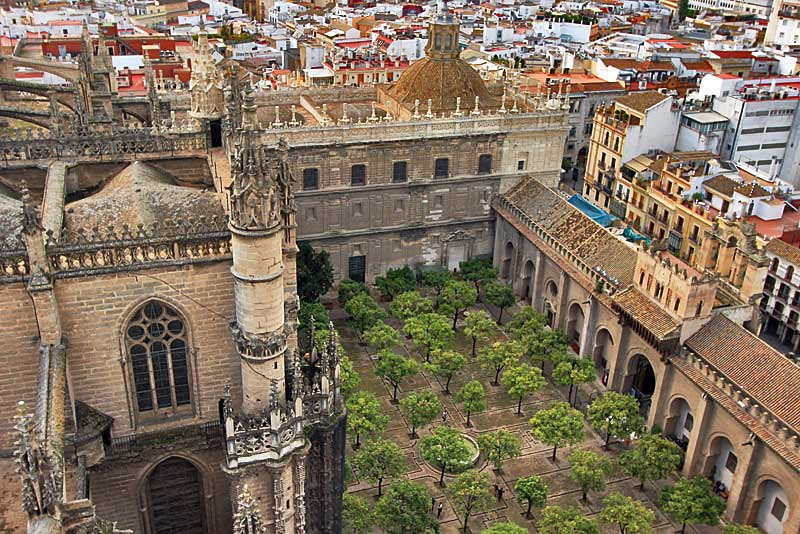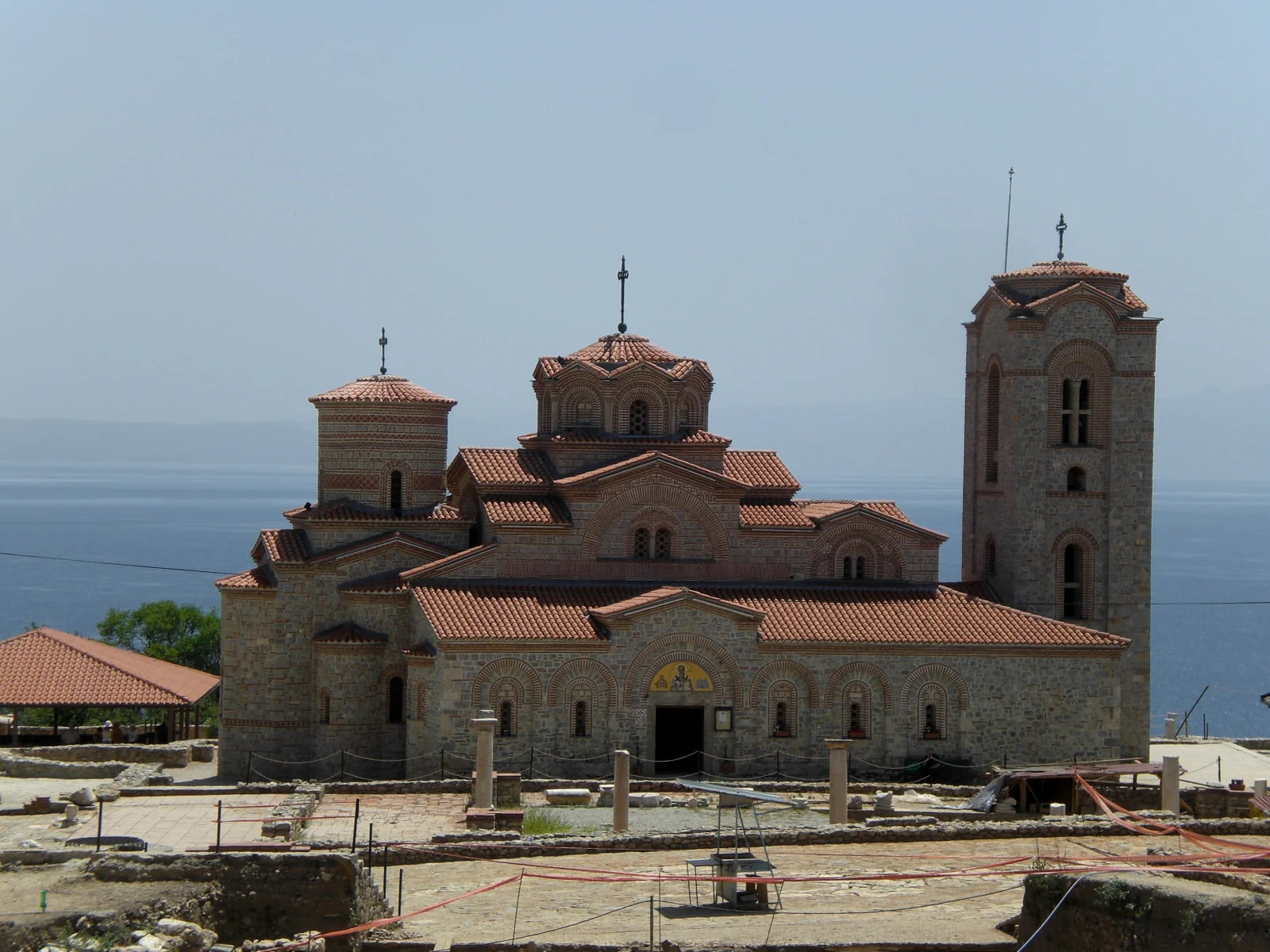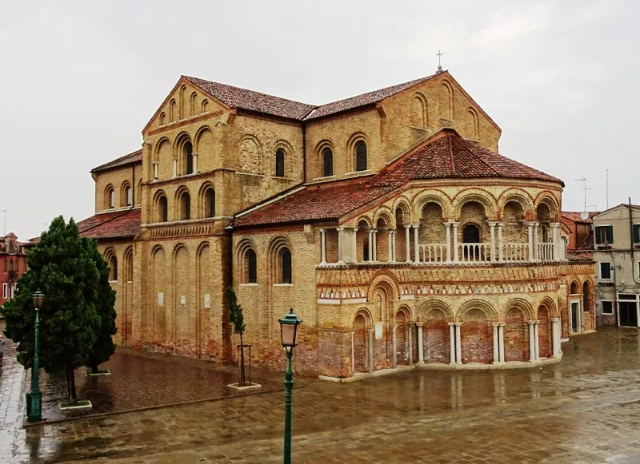Visible only during religious services or coinciding with "open monuments" events, it is located on Lamarmora Street.
The church was probably built after 1554, when noblewoman Gerolama Rams Dessena, who along with other daughters of the Cagliari nobility had dedicated themselves to monastic life, had the adjacent cloistered monastery built.
The elevation on Lamarmora Street appears anonymous, as it is a simple wall without ornamentation. The entrance is on the street closed by a wrought-iron gate added during the 1903-4 restorations; beyond the gate is a small, barrel-vaulted atrium over which opens the entrance portal, architraved and with an ogival lunette over which insists a pointed arch resting on pierced capitals. Above is the noble coat of arms of the Brondo family.
The interior of the church is far from anonymous and indeed is distinguished by the formal elegance with which the builders followed the precepts of Gothic-Catalan architecture.
The church of the Purissima has a single nave divided by a pointed arch into two cross-vaulted bays with a pendulous gem in the center. Connected by a pointed arch, the chancel, smaller in size than the nave, has a beautiful star vault with ribs and pendulous gem and historiated corbels. Similar star-vaulted roofing presents the six chapels that open on either side at the first two bays. The church is lit by mullioned windows opening on the side walls and oculi in the side chapels. Two monastery tribunes, currently closed, also open on the side walls.
The church remained in use until 1867 when the monastery was suppressed and acquired by the state, which later used it as a school. With the monastery closed and the nuns dispersed, the church was also abandoned and closed for worship. Only in 1903-4, on the occasion of the fiftieth anniversary of the proclamation of the dogma of the Immaculate Conception was the church chosen for solemn celebrations and restored. Having fallen into oblivion again, the church was, in 1933, assigned to the congregation of the "Handmaids of the Holy Family" who still guard it today.
